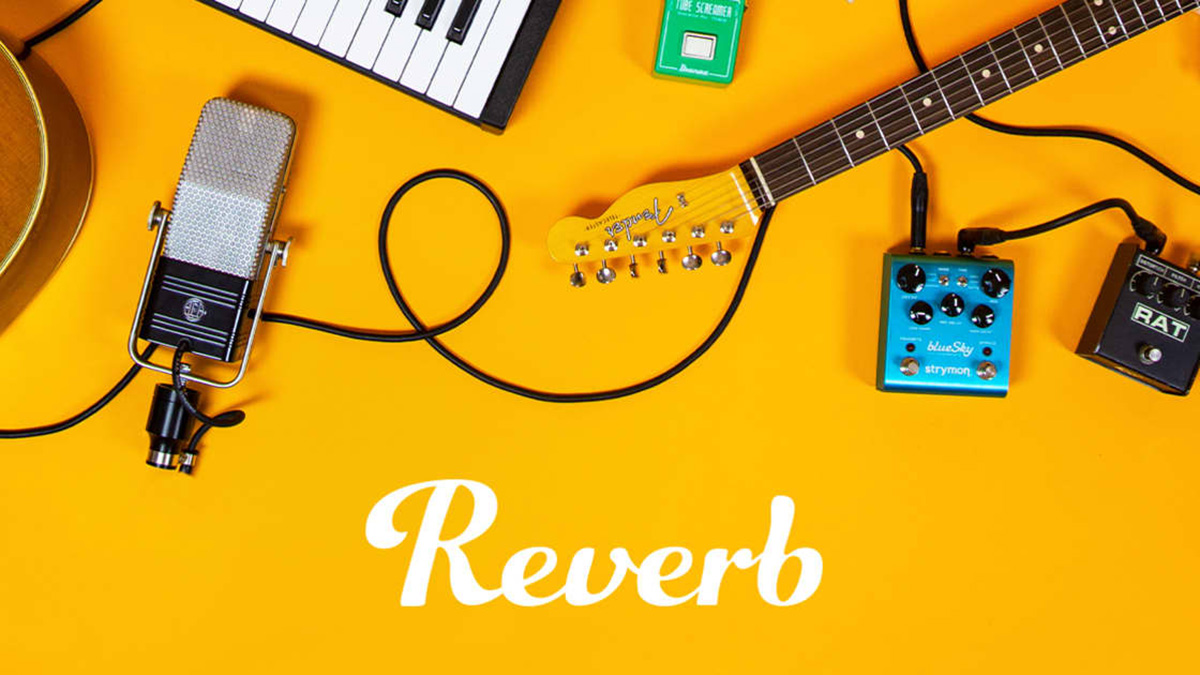Metal For Life: How to Combine Two Rhythm Parts to Create a Huge-Sounding Track
The following content is related to the July 2012 issue of Guitar World. For the full range of interviews, features, tabs and more, pick up the new issue on newsstands now, or in our online store.
This month I'd like to talk about the art of combining different, complementary rhythm guitar parts to create powerful metal rhythm tracks. The sound of two guitars is the bedrock of heavy metal music.
The two most commonly used techniques are doubling or tripling the exactly same part, as Randy Rhoads loved to do, and devising complementary rhythm parts that weave together and create a dense but tightly integrated sound, as the guitar duos in such great bands as AC/DC, Judas Priest and Iron Maiden have done time and again. In this column, I'd like to focus on the latter technique, using a simple rhythm part as the foundation for adding other, more complex parts.
Get The Pick Newsletter
All the latest guitar news, interviews, lessons, reviews, deals and more, direct to your inbox!
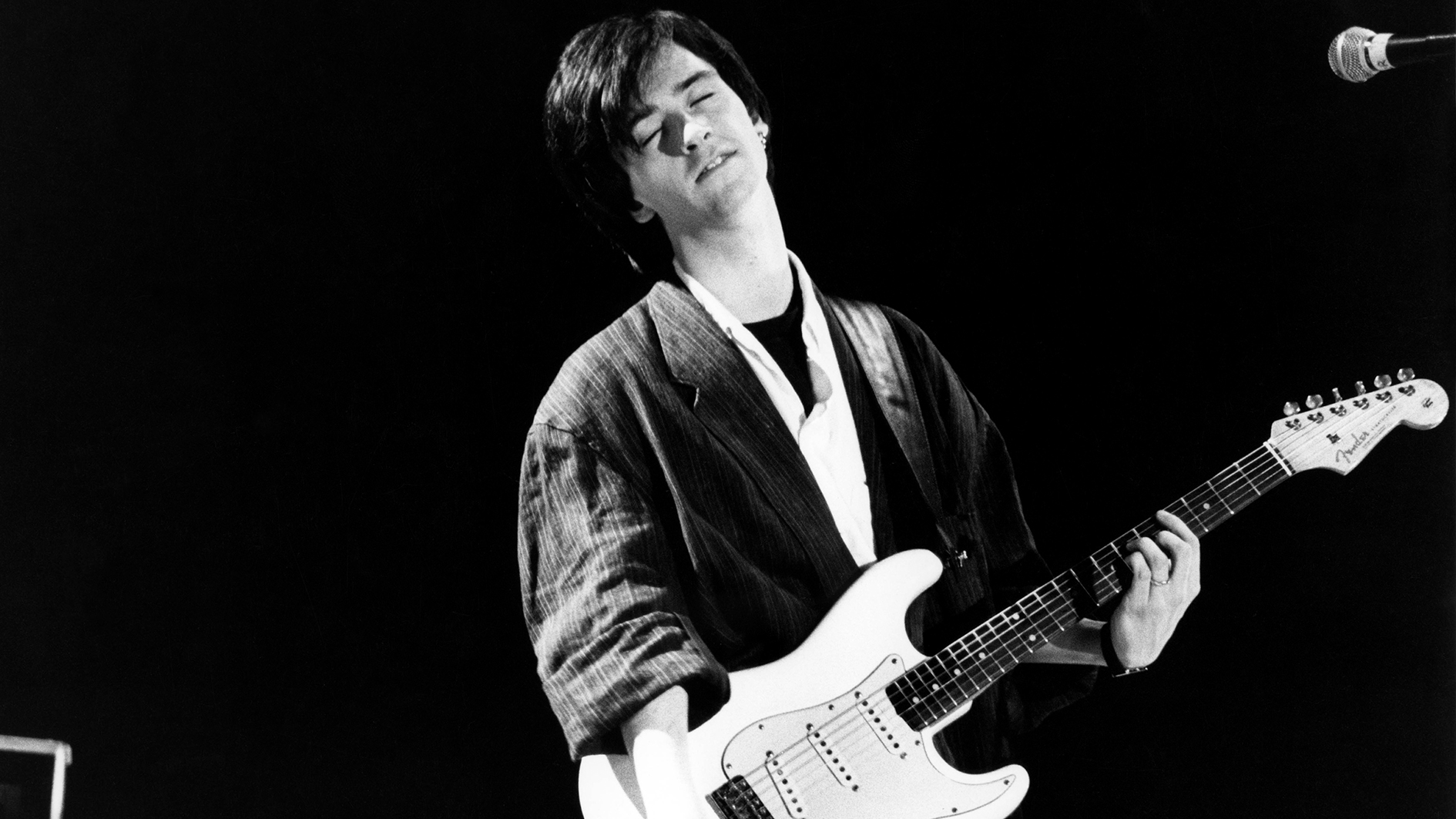




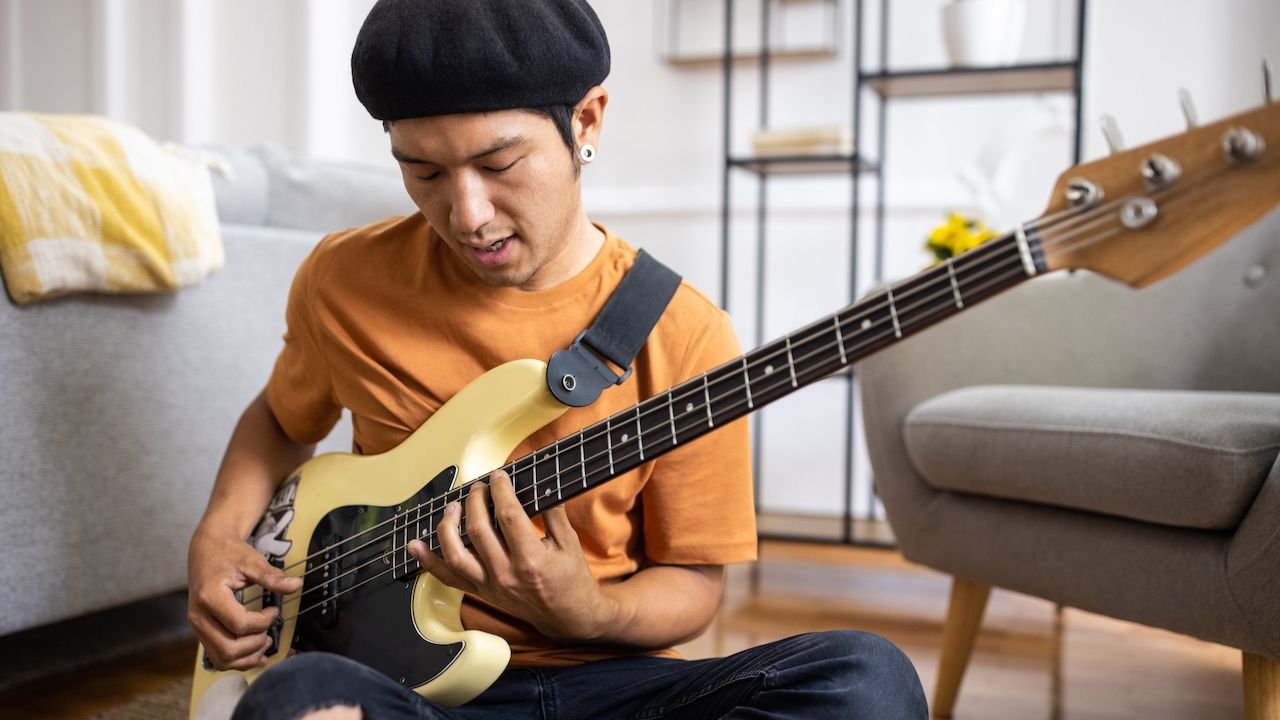
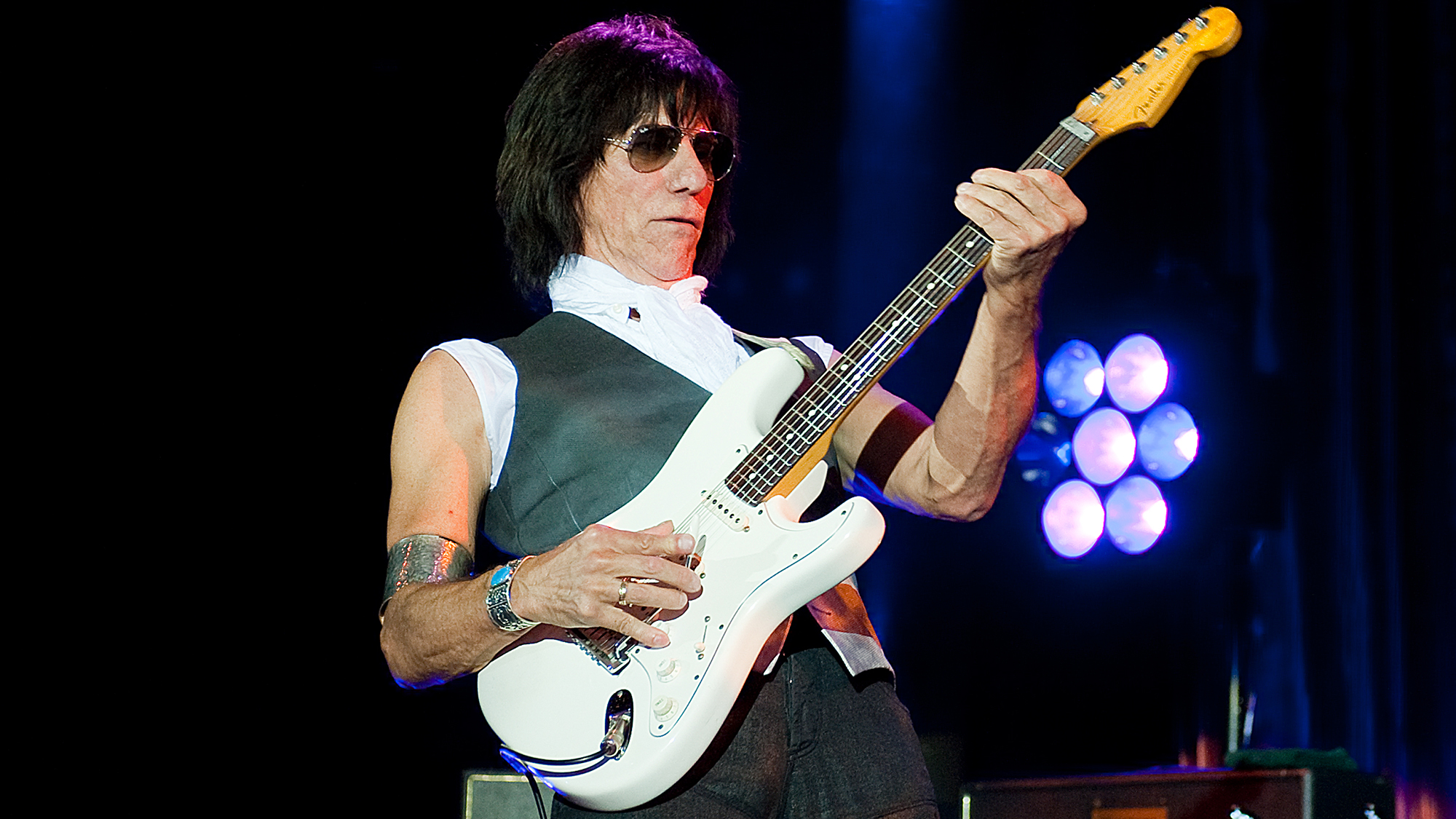
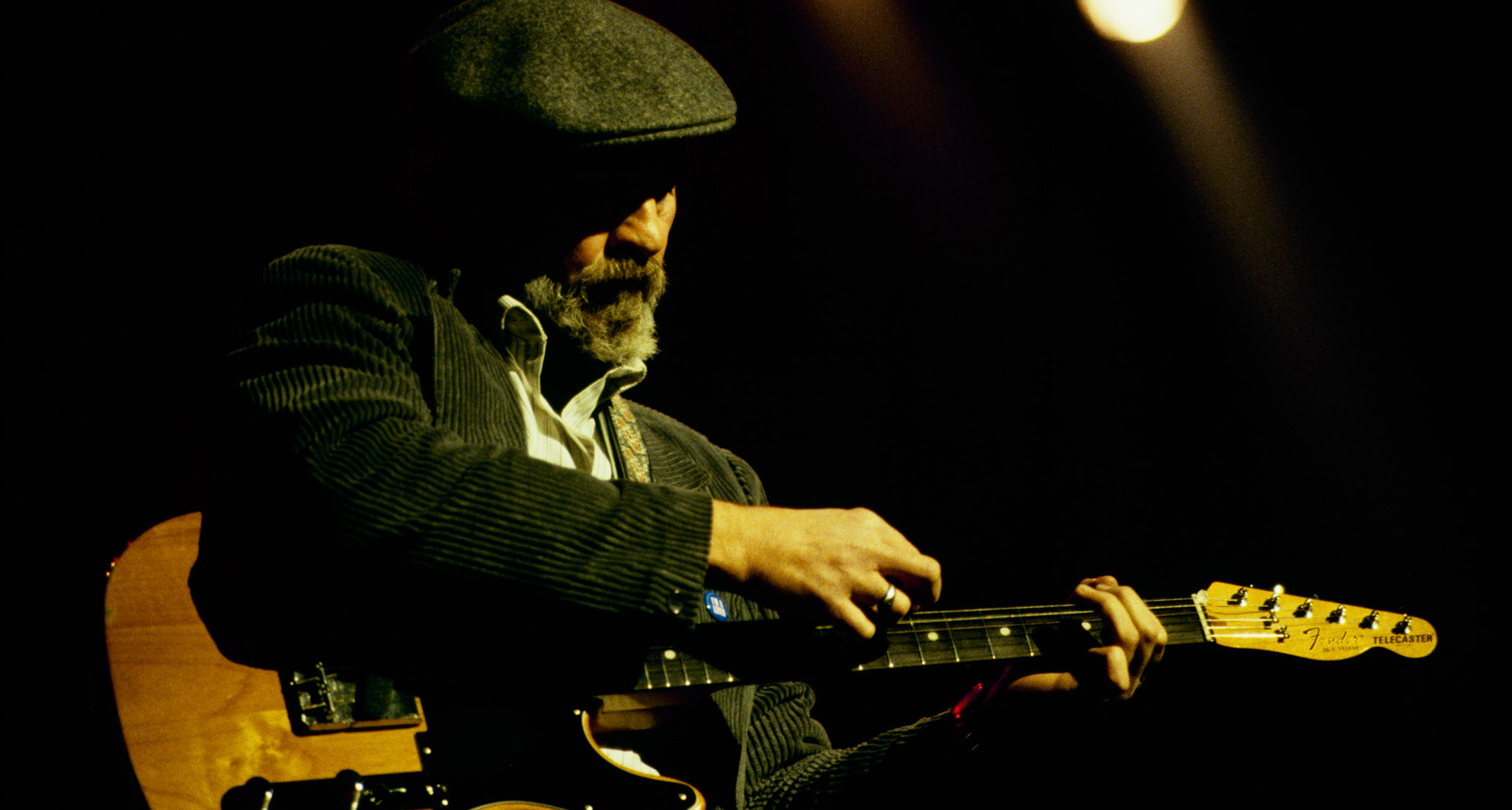
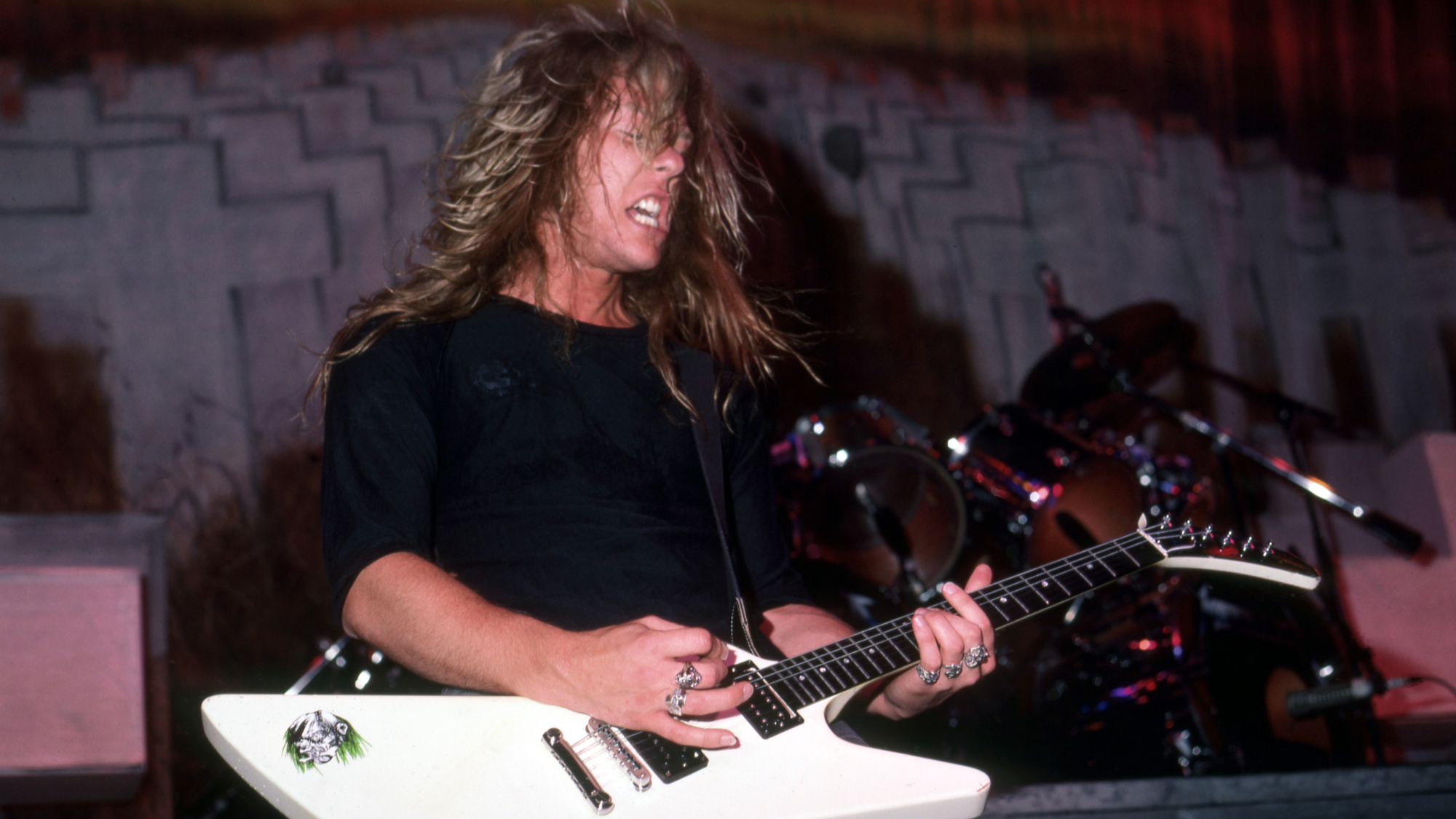
![Joe Bonamassa [left] wears a deep blue suit and polka-dotted shirt and plays his green refin Strat; the late Irish blues legend Rory Gallagher [right] screams and inflicts some punishment on his heavily worn number one Stratocaster.](https://cdn.mos.cms.futurecdn.net/cw28h7UBcTVfTLs7p7eiLe.jpg)
